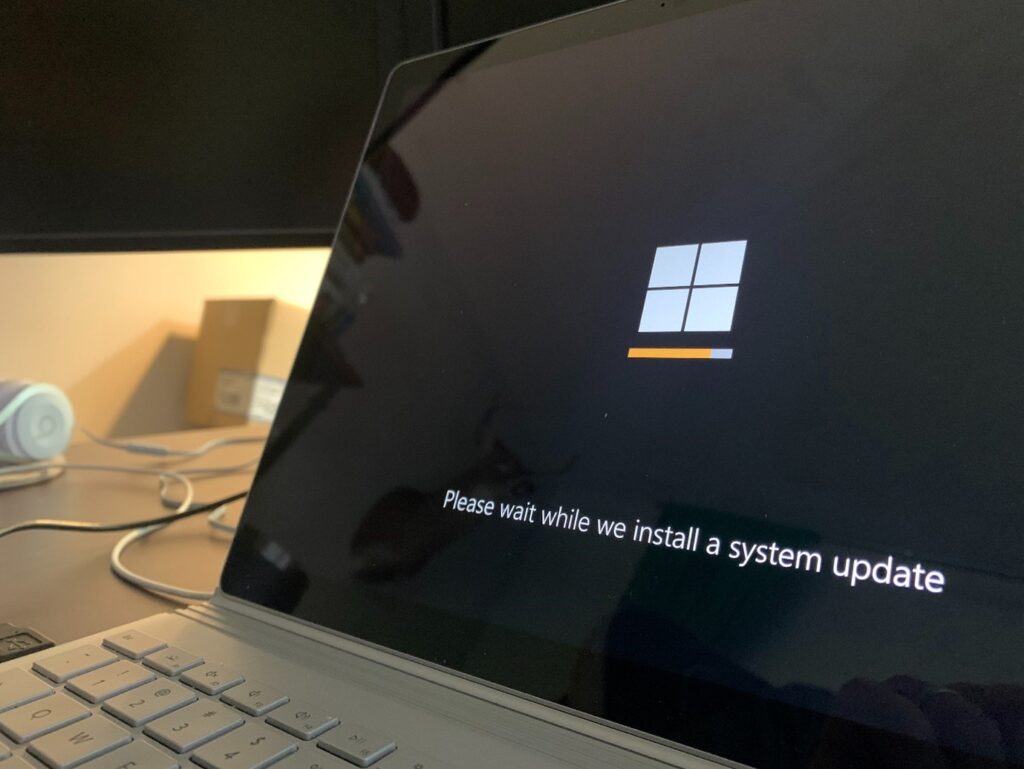Estimated reading time: 3 minutes
In system center configuration management (SCCM), Patching is a huge headache for IT managers. Keeping up with fixes is challenging, as its variations demonstrated. Only some Windows-based businesses use the most current operating system (OS), while most use Windows versions that are no longer supported.
Reasons Data Centers don’t Patch
“We haven’t been able to get to it,” a regular refrain has many people in SCCM for patching scratching their heads but not understanding what Patching is not the solution. Stronger data security compliance laws are being implemented. If you’re looking to shift risk, keep in mind that Cyber Liability Insurance may not cover an attack if you’re not properly patched. The main reasons for not patching are as follows.
- There are too many patches to keep track of.
- Patching is a time-consuming, manual process.
- Resources are scarce.
- Internal patches aren’t possible for some programmers.
- End-user opposition
- Risk of causing more issues or shutting down the network
Why Do Data Centers Need Patching
One simple step can protect data centers and SCCM for patching from 99.9% of all digital attacks on their accounts, so frequent Patching shouldn’t be too far-fetched.
Survey Details
In reality, a Ponemon Institute survey found that:
- Sixty percent of data breach victims indicated their firms were breached due to an unpatched known vulnerability. A patch update was not deployed, and 62 percent had no idea their organizations were vulnerable before the data breach.
- Because they use manual methods, 52 percent of respondents indicated their firms are at a disadvantage in responding to vulnerabilities.
Benefits of Patching
1. Secure Flaws
Patches can fix known security flaws, whether identified and exploited by attackers or discovered through other methods like white hat hacking or code reviews. If you don’t have a patch management solution in place or wait too long to apply a fix — especially for high-profile vulnerabilities — you’re leaving yourself vulnerable to the Hafnium of the world and other opportunistic attackers.

2. Addresses issues with performance
The interaction between system software and applications might cause unforeseen performance issues. For example, Microsoft just released a Windows 10 patch to address performance concerns in gaming apps that had been present since March 2021.
If one piece of software stays unpatched, causing another programmer to crash or function poorly, this can be a major problem within a company. Incompatibilities are typically very annoying for IT administrators and their end-users. Thus, software makers try to prevent them and frequently offer updates to fix them.
3. Allows new software to be installed
Some apps will not work with a previous version of system software since they were not designed for that configuration and are incompatible. For example, if you haven’t updated to the latest Android version, you may find that you can’t install an app on your phone, and the same is typically true with apps for iOS devices.

4. Compliance standards
Some updates, such as those for the Meltdown and Specter microprocessor vulnerabilities, particularly address compliance requirements and regulations. When systems were not patched, they violated GDPR requirements, putting firms at risk of fines and reputational damage.
Conclusion
System Configuration Centre Systems known asSCCM for patching need complete protection for secure functioning. That’s why they should have patch management systems.
Share this content:
